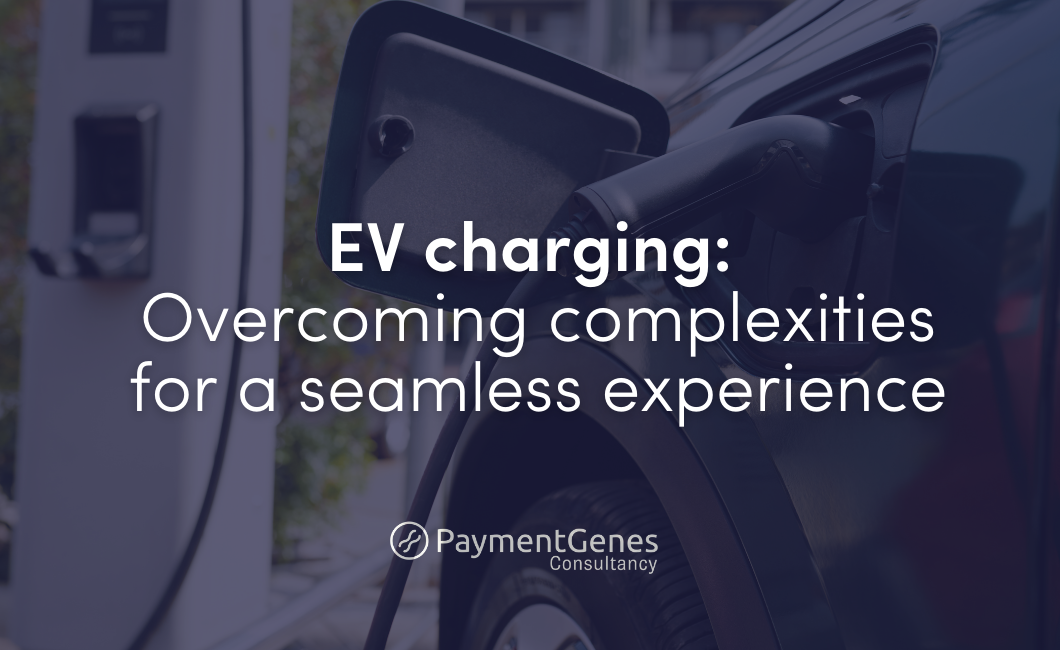The landscape of public EV charging is on the brink of exponential growth, but today's experience is far from optimal. EV drivers and regulators are pushing for advancements, particularly in the scope of card payments. How has the electric passenger car market evolved in Europe, and what role do digital payment methods play in enhancing the overall charging experience?

Europe's electrification of passenger cars has taken off. Today, the electric passenger car fleet in Europe almost counts 6 million vehicles, experiencing a strong growth rate of about 75% per year over the past three years. As the number of electric vehicles continues to rise, the need for accessible and convenient charging infrastructure accelerates.
In 2023, the European Commission approved the Alternative Fuel Infrastructure Regulation (AFIR) as part of the European Green Deal, setting ambitious targets for EVs and public chargers by 2030. The AFIR regulation requires (open-loop) card payments on DC chargers, emphasizing the importance of a standardized payment method.
EV charging occurs at varying locations and conditions, and the lack of interoperability between different EV charging cards and networks contributes to the fragmentation of the market. At the moment, 80% of charging units are private residential. On public chargers, EV drivers face complicated payment experiences, owning multiple cards and using various apps to charge at different networks.
"As a consequence of this fragmentation, 36% of drivers own four or more different cards and/or tokens to charge at different charging networks. The same research showed that drivers in various European countries use on average more than three different apps related to EV charging."

Consumer preference aligns with regulatory trends, with 65% of consumers preferring to pay for EV charging with debit or credit cards. Regulators, including AFIR and Germany’s LSV, are moving towards enforcing card payments on public chargers to improve overall accessibility. This aligns with the European Commission's ambition to make the EU the first carbon-neutral continent.

In conclusion, the growth of public EV charging is inevitable, and the key to a seamless experience lies in overcoming payment complexities. Standardized card payments, as advocated by regulators and preferred by consumers, can play a pivotal role in transforming the charging landscape.
PaymentGenes, in collaboration with Mastercard, is committed to driving Europe's journey towards a carbon-neutral economy by addressing the challenges in EV charging payments. As the electrification journey continues, the collaboration invites stakeholders to start a conversation on EV charging payments, ensuring a future where drivers can choose their preferred payment methods with ease.


The European fleet and mobility industry is undergoing a major shift driven by the rise of electric vehicles (EVs), sustainability goals, and the need for seamless payment solutions. However, fragmented payment systems remain a key challenge, making it difficult for businesses and consumers to manage fuel and EV charging transactions efficiently. The industry is moving away from closed-loop systems towards open-loop payment solutions that offer broader acceptance and interoperability. This transformation requires collaboration across stakeholders, alignment with industry standards, and innovative technology solutions. As digitalization accelerates, businesses must adopt future-proof payment strategies to remain competitive in the evolving mobility landscape.